The pollinator corridor project that’s transforming Melbourne’s streets
How an Australian grassroots project led by one determined resident is boosting habitat for native plants and wildlife one roadside garden at a time.
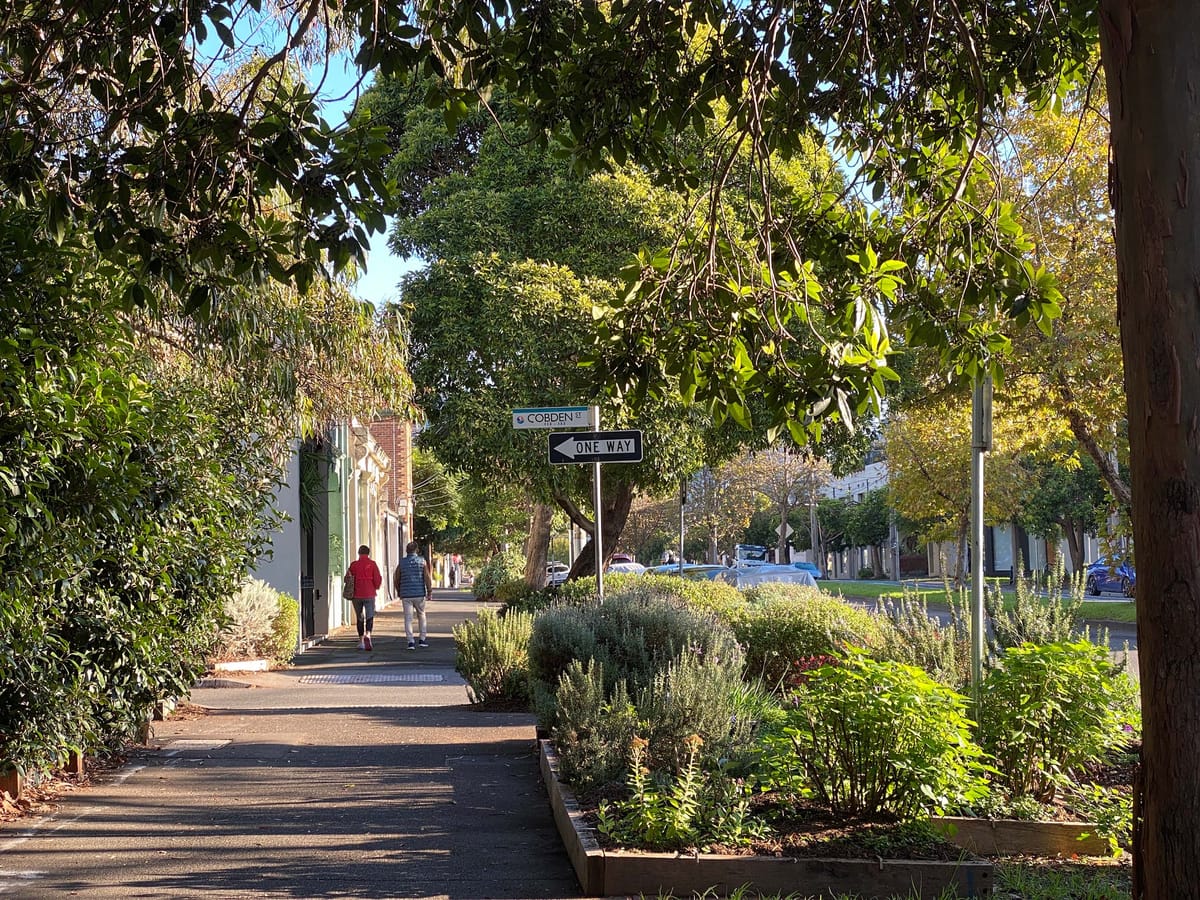
Melbourne, Australia, a sprawling city of more than five million people, is renowned as a multicultural, sports-loving hub boasting expansive parks and gardens – as well as tough urban streetscapes devoid of greenery.
South Melbourne resident Emma Cutting was concerned about the decline of native bees and other pollinating insects, so she came up with an ambitious plan. The eight-kilometre Melbourne Pollinator Corridor (MPC) will traverse four suburbs, connecting two ecologically rich reserves – the Royal Botanic Gardens and Westgate Park – by planting carefully selected flowering species in nature strips and car parks and around schools and businesses. The project is community-led, driven and maintained by locals, funded by philanthropy and crowdfunding and designed in consultation with experts.
Emma is a piano teacher, single mum and street gardener extraordinaire. She’s also incredibly determined. Here, she reflects on the ups and downs of the journey so far, and why she won’t give up.
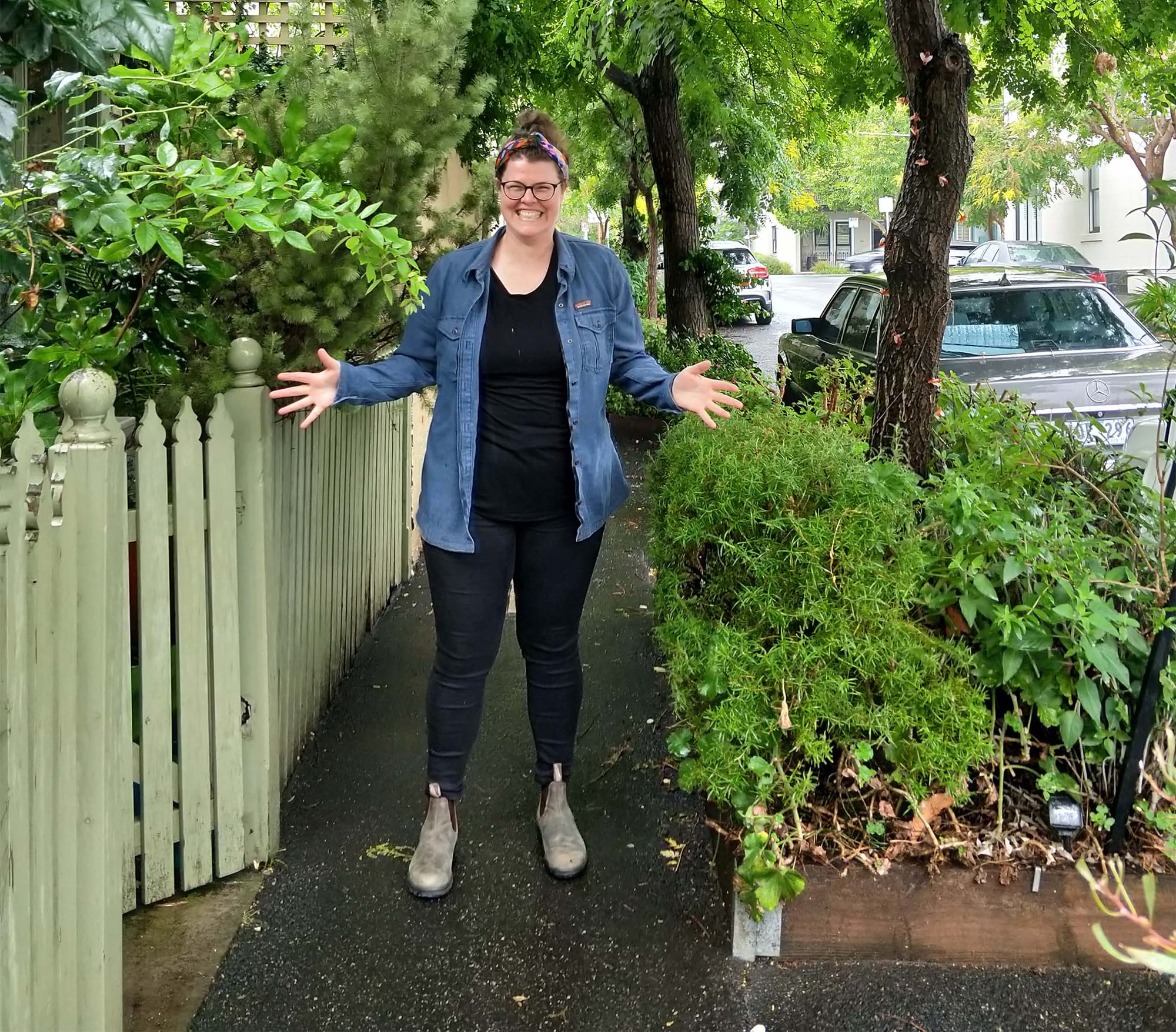
“I can’t stand seeing the earth smothered in concrete and asphalt. After 12 years of chronic fatigue syndrome, I realized that disconnection from other humans and nature causes loneliness and depression. I want my daughter to grow up in nature in an urban environment, so I started The Heart Gardening Project (HGP) in 2020 to create street gardens. Its vision is ‘To heal humankind by creating biodiversity in our cities.’
Having made over 70 street gardens, the idea for the Melbourne Pollinator Corridor was born. With street gardens, the focus is people, community. With the MPC, it’s nature first.
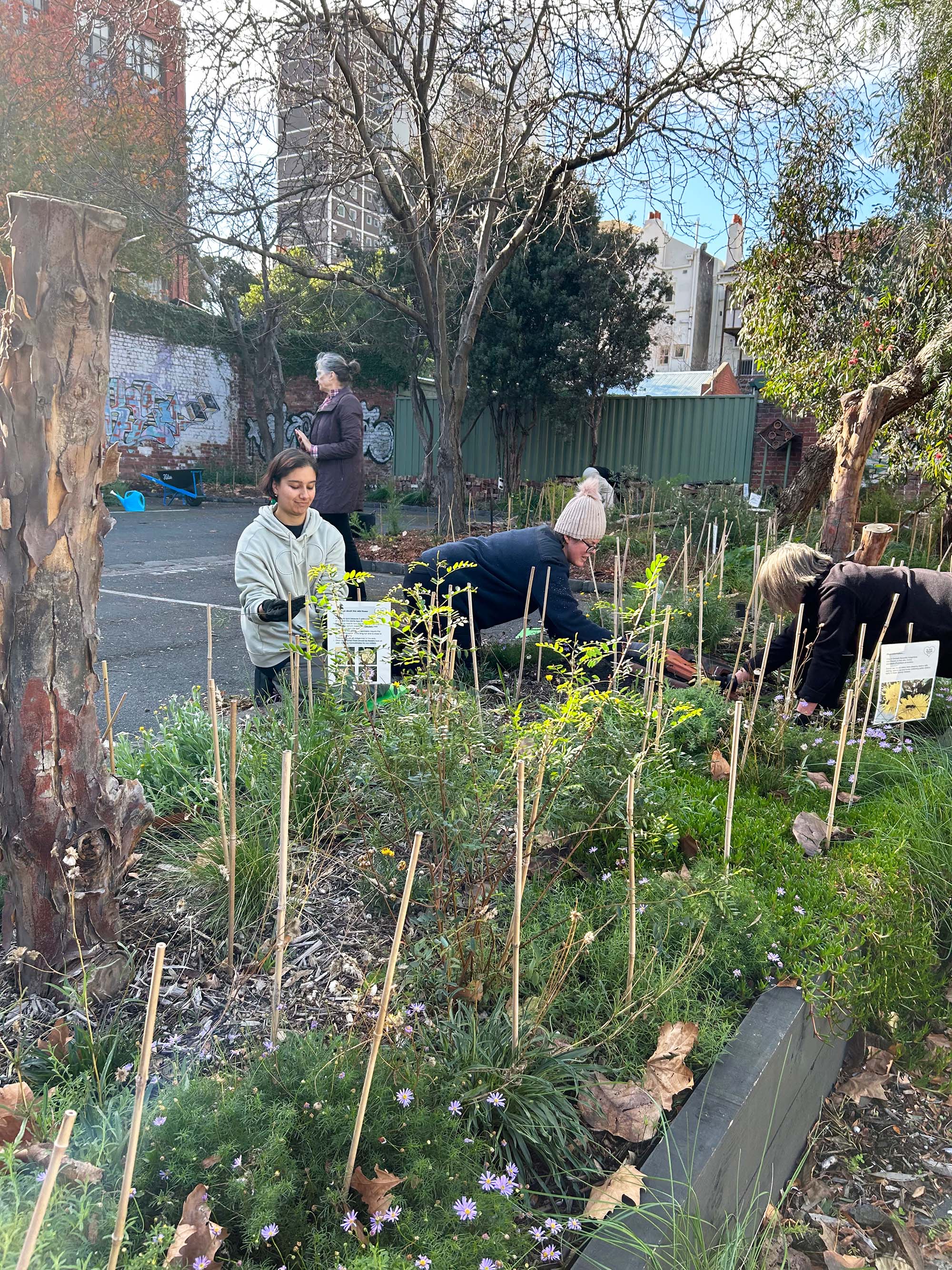
I designed the MPC by looking at exactly what kind of wildlife we’re trying to attract. Targeting is important, especially in an urban context. A corridor for pollinating insects can be successfully grown within urban constraints. We plant for native bees and wasps, beetles, butterflies, moths, flies and more. Increasing insects is the start. Then come the birds. I want blue wrens, but we need insects first, then we can plant what small birds need, we can look at people’s front yards, we can build on the foundation.
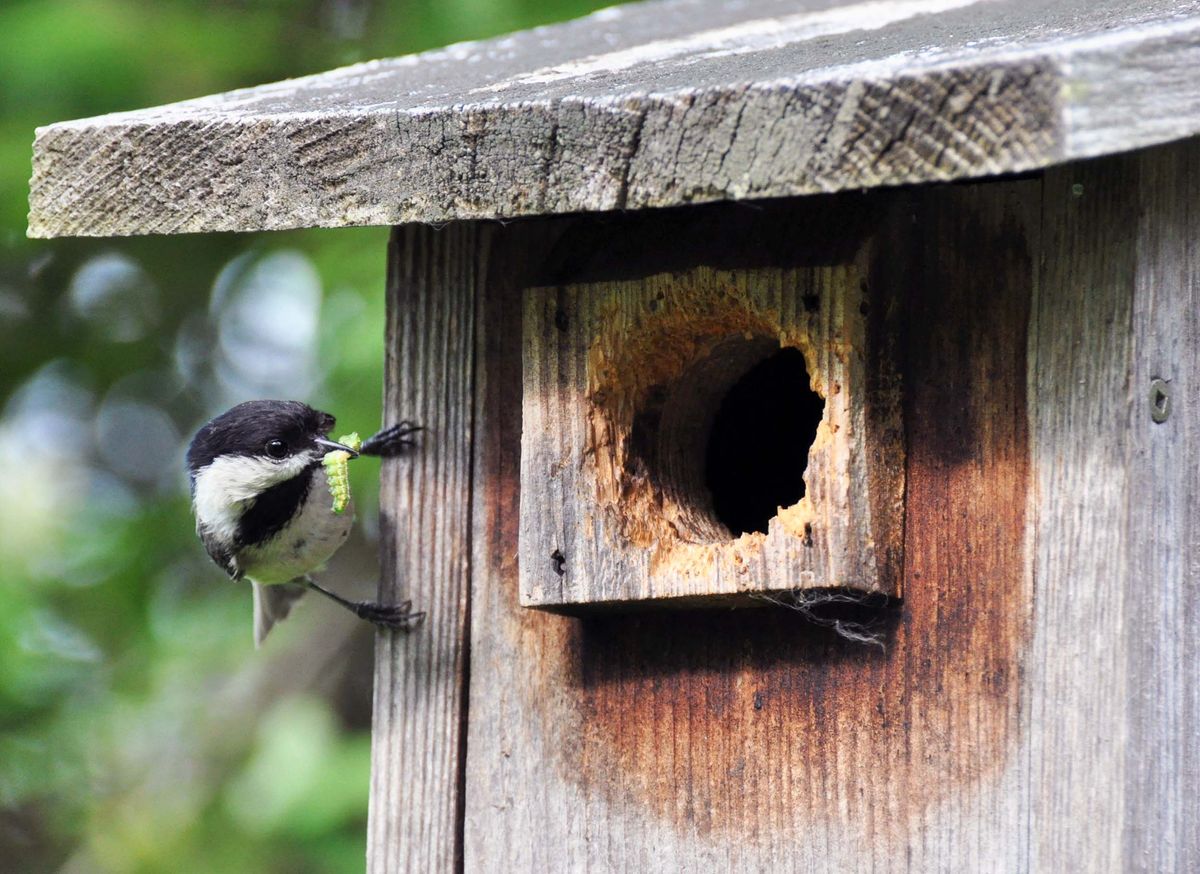
With street gardening, you’re putting yourself out there. You have to be bold. I’ve spent months campaigning for changes to council regulations. I’ve been charged at by an off-leash rottweiler – that led me to learn about dog behaviour. I’ve been taken to court. Gardens are sometimes vandalized and occasionally plants are stolen. We think of this as forced sharing! There was one plant – it was an exotic. I’d cut off the flowers, but someone still ripped it out. But they put another plant in there! It makes me laugh now.
These problems present major opportunities. They change the way you think. I’m grateful now for having gone through so much. A lot of it’s like water off a duck’s back now. I’m used to it.
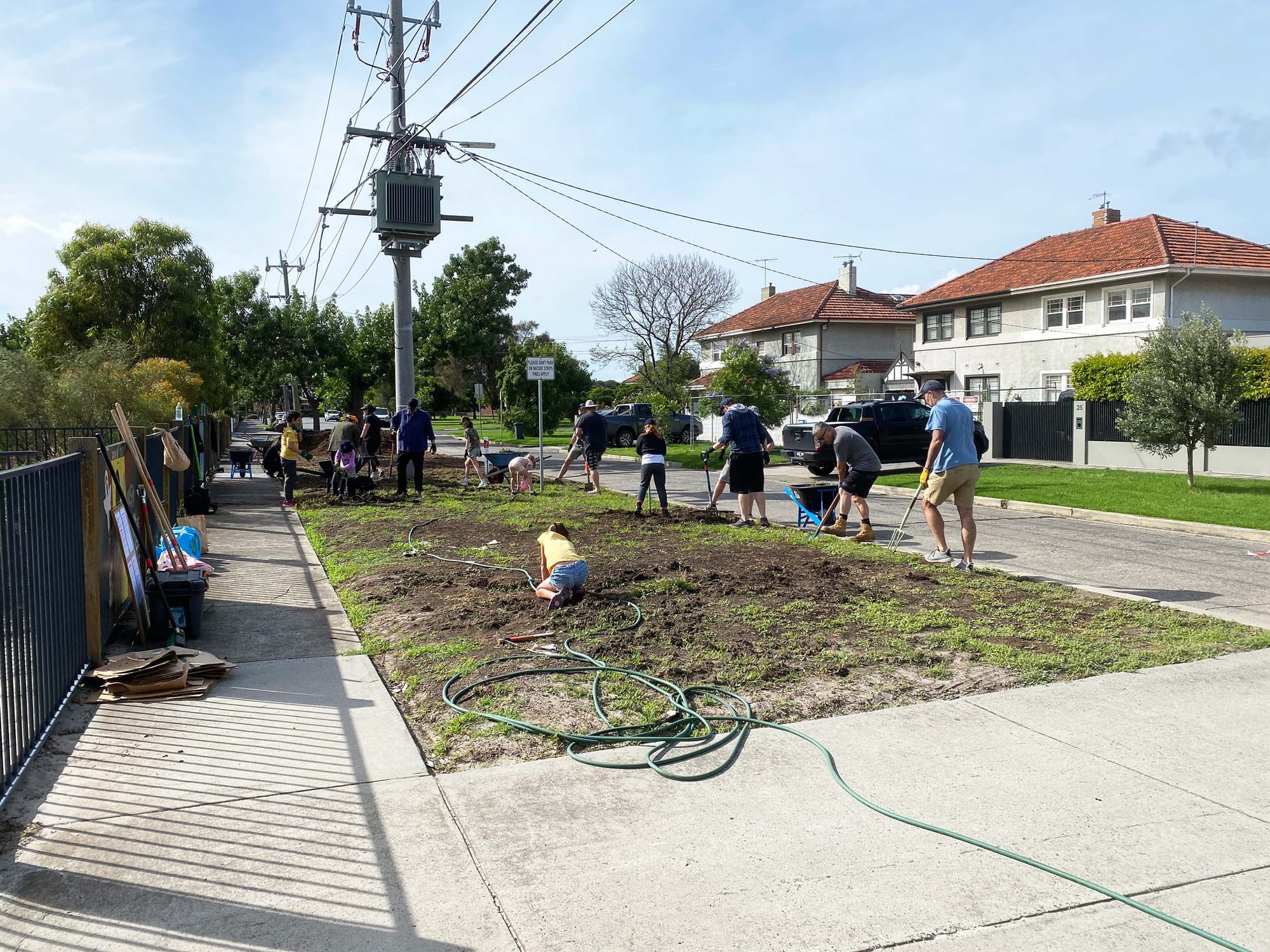
As well as street gardening hurdles, there are organizational hurdles. You don’t know what you don’t know. You need specialists. Not just an accountant – you need a charity accountant. You need charity lawyers. They’re hard to find. I don’t come from a corporate background, it’s hard to break into that world and work out who you need to speak to. Respectfully, with care and joy and respect, how do you speak about funding?
The greatest challenge, however, is the disconnection between humans and nature, especially in urban environments, where most people in Australia live. How can you expect people to care for the environment if they’re not experiencing it? They just don’t know it. There are a whole lot of flow on problems from that, which is why our work matters so much. How do we get the community to embrace a new aesthetic? I’m always trying to find that sweet spot between aesthetics, and constraints, and what nature needs. We put nature first with MPC. Not the plants that we want, but the plants that nature wants for pollinators. They’re beautiful plants anyway.
For example, aesthetically, a good time to cut back native grasses is after summer when they’re all brown. But the butterflies and moths have laid their eggs there, so probably the best time to cut back grasses is mid-spring when the eggs have hatched. Aesthetically it’s not great. We try to educate people. There’s a flow on effect from action – getting out there and doing it, that changes the way people look at these new ideas and aesthetics. Then people aren’t so scared of change. We want to help as many people as possible to create positive change.
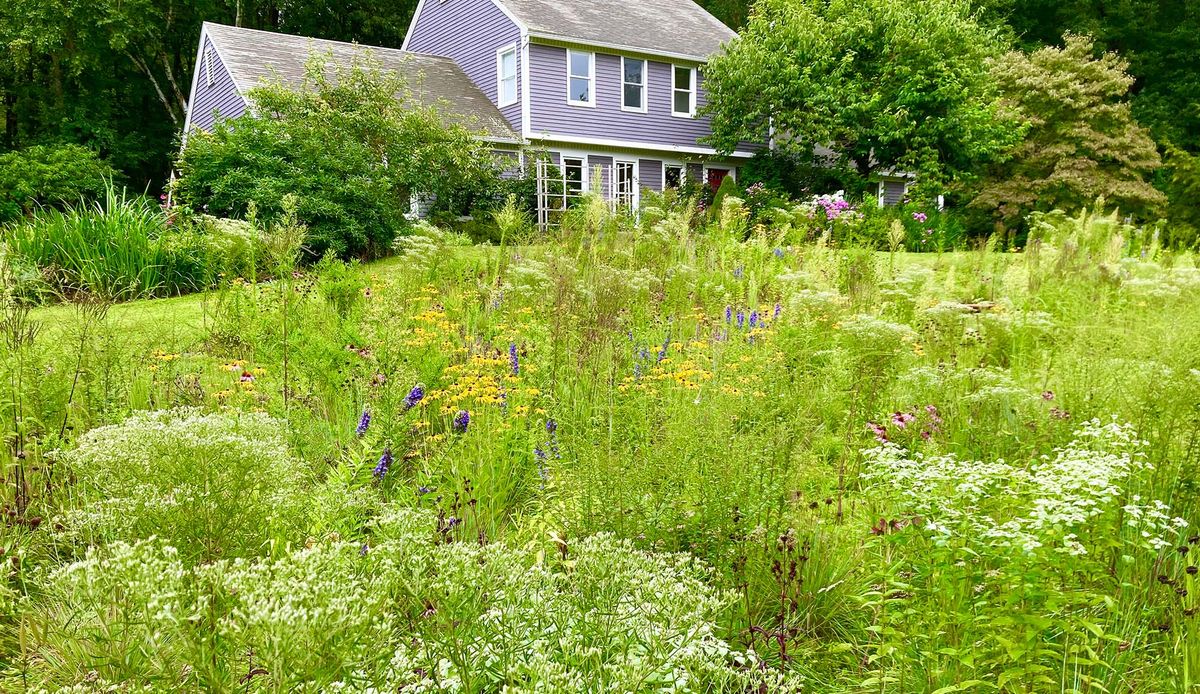
I realized early on how many boxes the MPC ticks. Street gardening itself ticks climate change boxes, mental health boxes, it addresses anxiety, depression, loneliness, isolation. It connects people to the soil, to the land, then they start thinking about biodiversity, acting for climate change, they feel better, there’s less ecological anxiety. Street gardening for biodiversity adds another layer. We start ticking more boxes: soil health, regeneration, bringing life back into a place. Biodiversity crisis, climate crisis, mental health crisis – they’re all addressed by the MPC project.
We’ve created 36 pollinator gardens and we’re aiming for 200. As well as nature strips, we’ve made gardens in car parks, at a youth arts centre, in public housing and at Port Melbourne Primary School. The school has no space to plant, but they have 450 metres of nature strip. The nature strip is extending the school. Hopefully, by demonstrating what can happen at the school, others will be inspired.
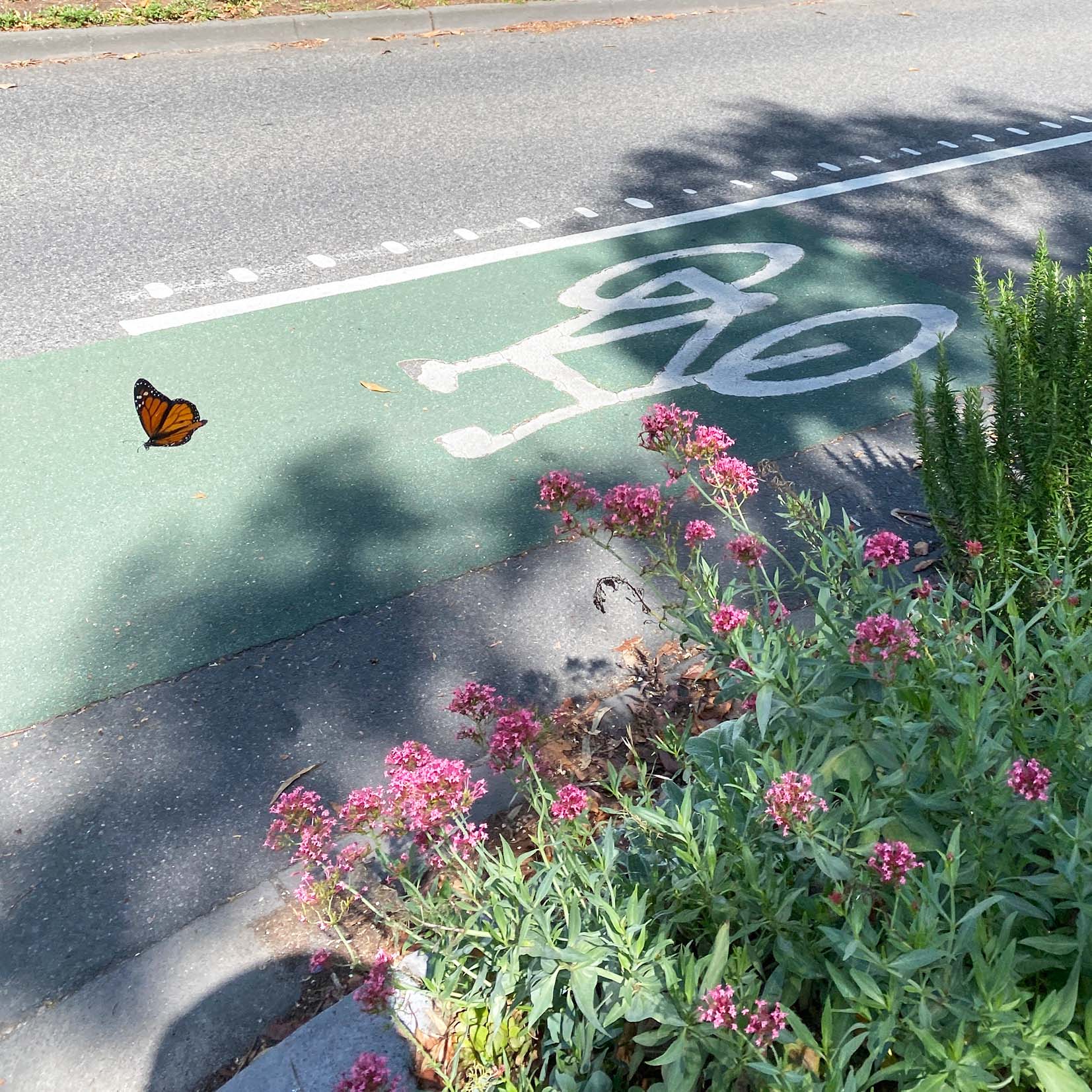
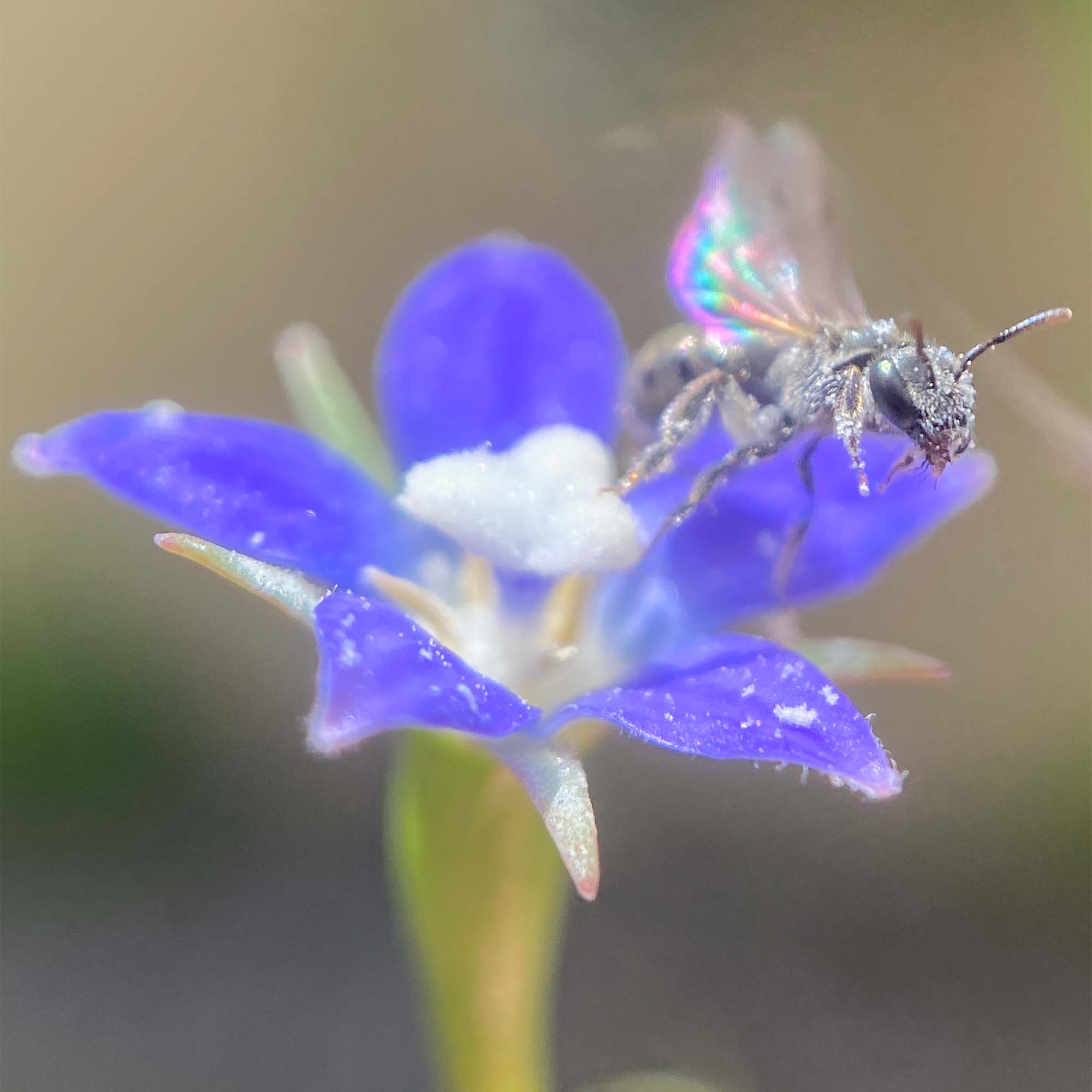
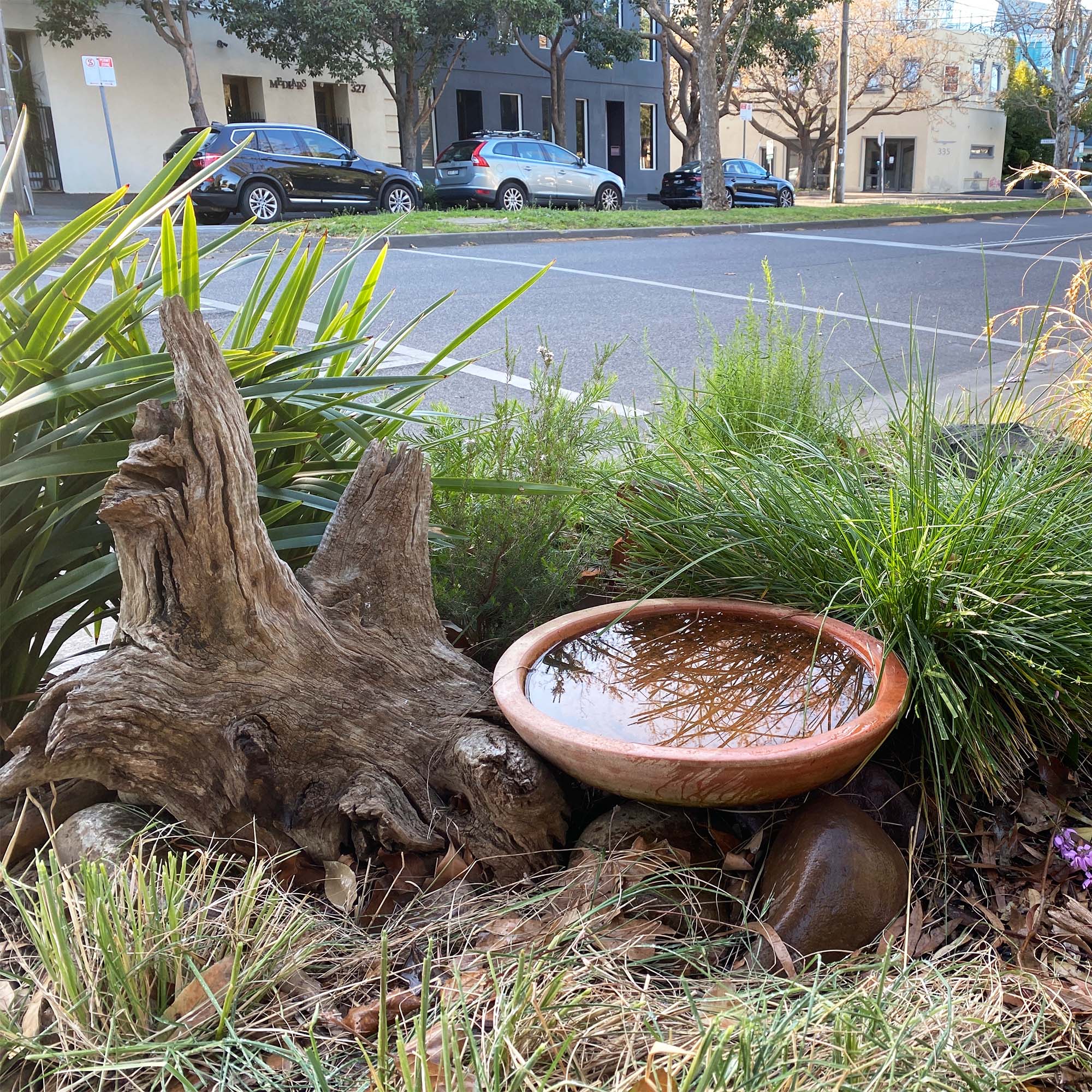
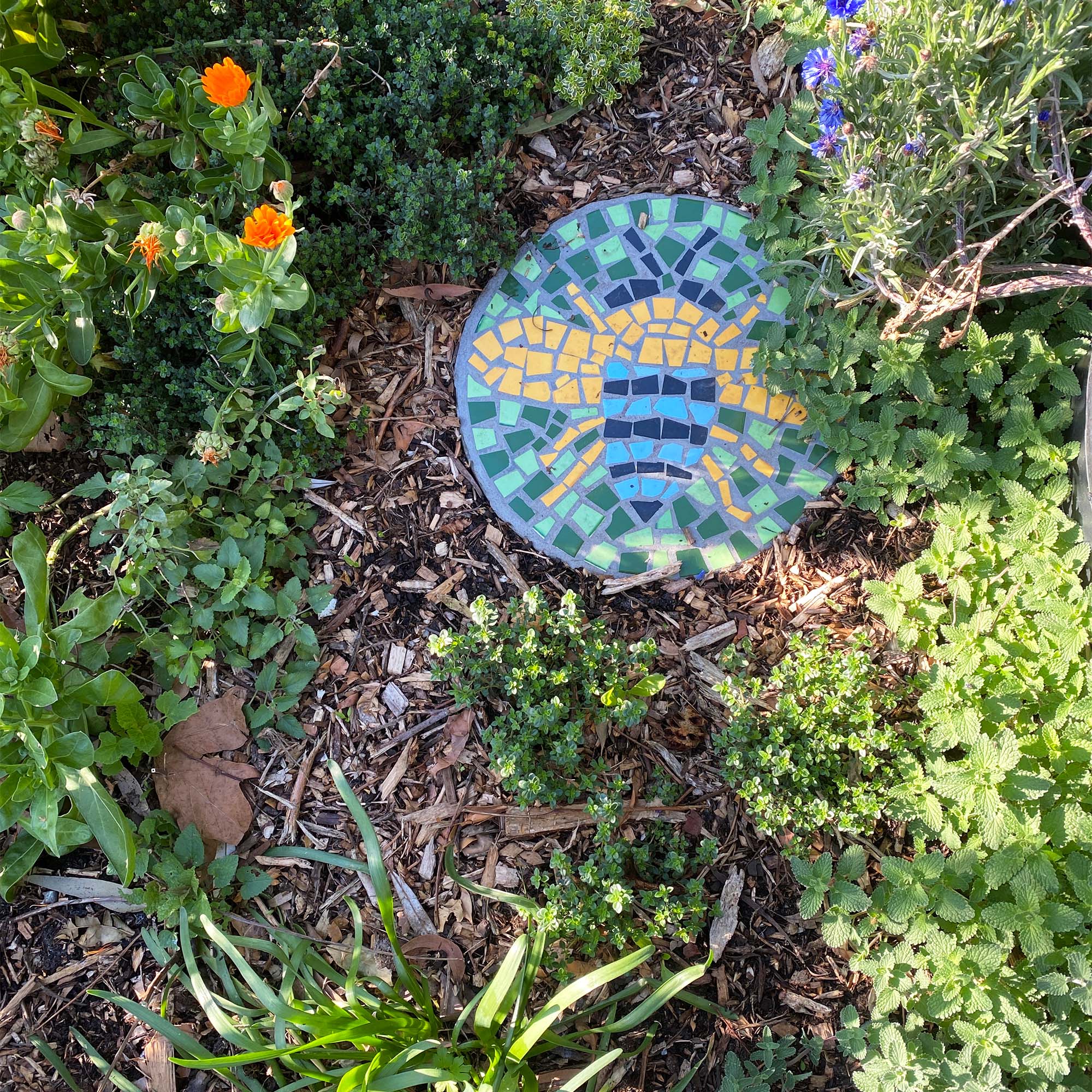
Photos courtesy Melbourne Pollinator Corridor
In 2021 I published The Melbourne Pollinator Corridor Handbook. I had incredible help from so many experts. It’s been a great success.
Diverse planting is important, with flowering all year round. We go for an 80/20 ratio of indigenous to exotic species. Sometimes an exotic meets a need, like flowering in late autumn. Our top four indigenous plants are cut-leaf daisy (Brachyscome multifida), native bluebells (Wahlenbergia spp.), Austral storksbill (Pelargonium austral) and hop goodenia (Goodenia ovata).
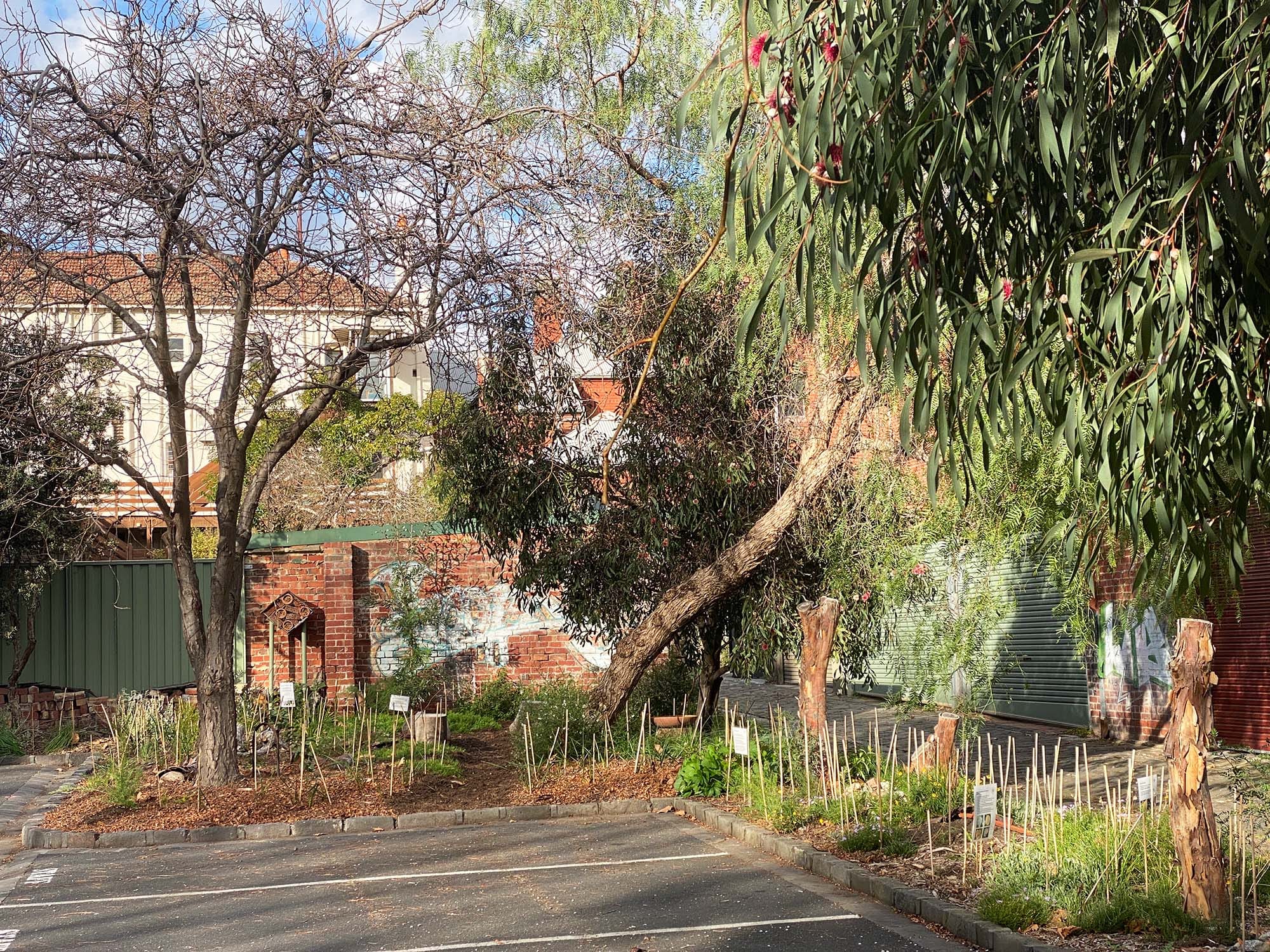
If you want to start street gardening or a pollinator corridor, you need to realize that you’re changing the culture in your street. That takes time. Start small, make sure it’s looked after and it’s not too much for you. Dream big but start small.
The role of community is immense. We’re trying to change urban systems and bring community along for the ride. It’s not your garden – it’s everyone’s garden. Realize this and the more success and joy you will have.
I believe street gardening is one of the most amazing things you can do in an urban environment. Nature wants to be around us. The birds are there. It’s time to invite them in.”
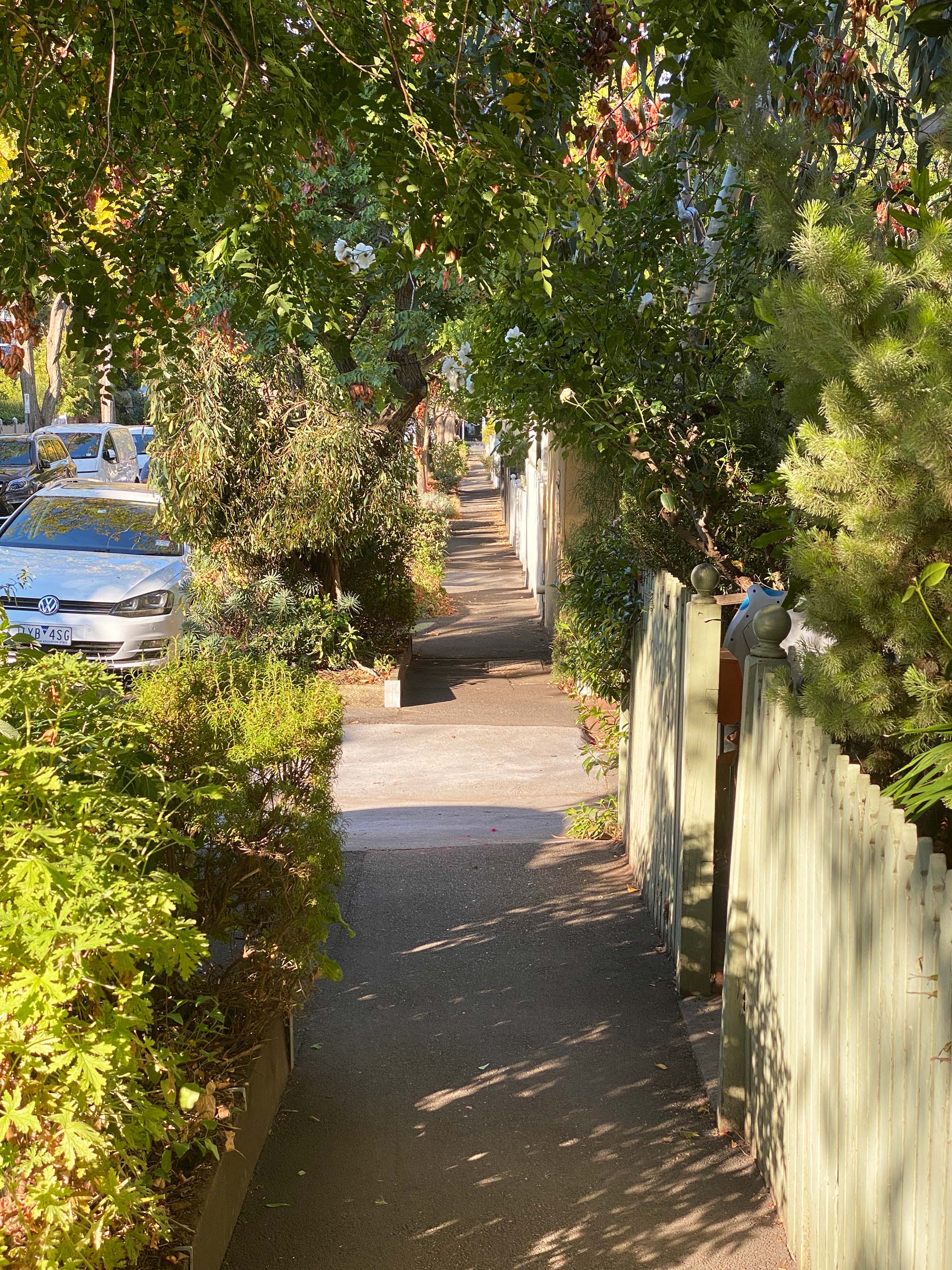





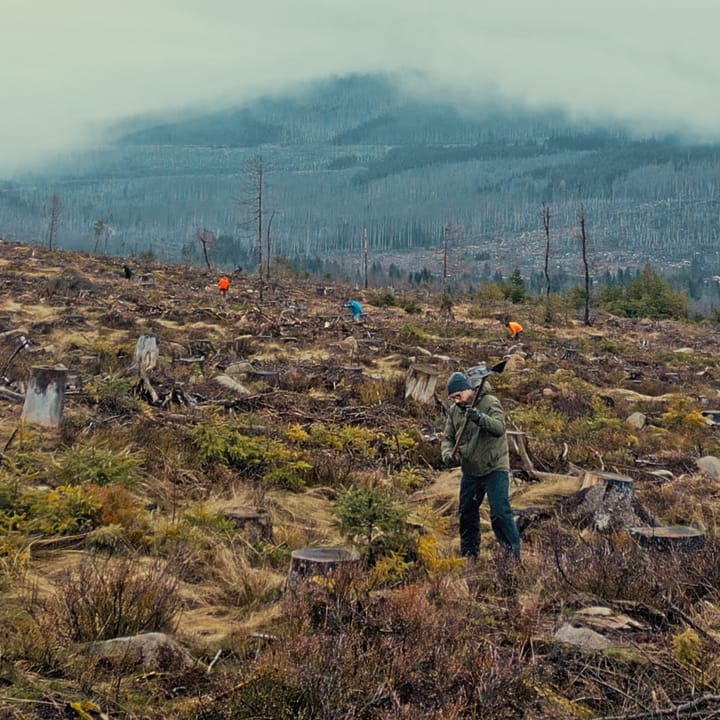

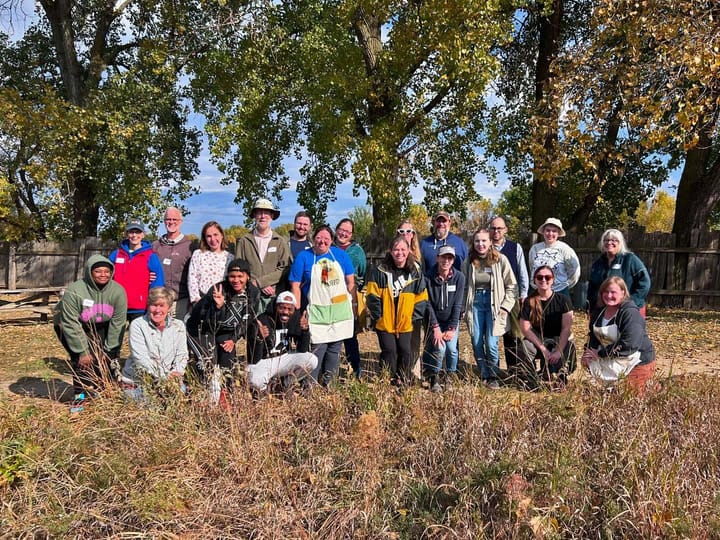
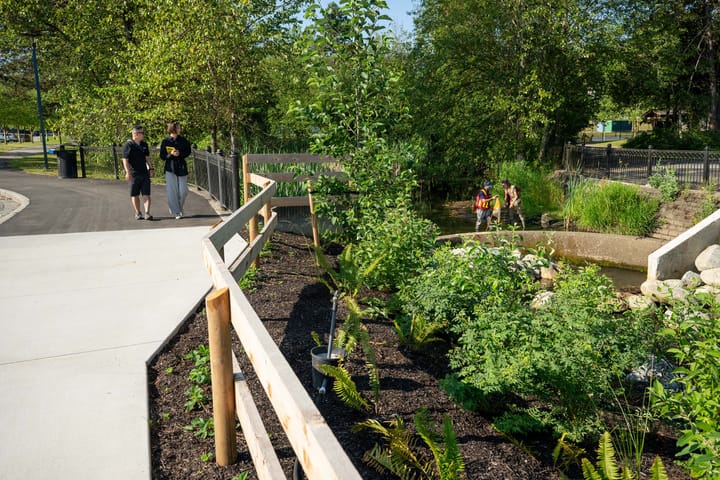
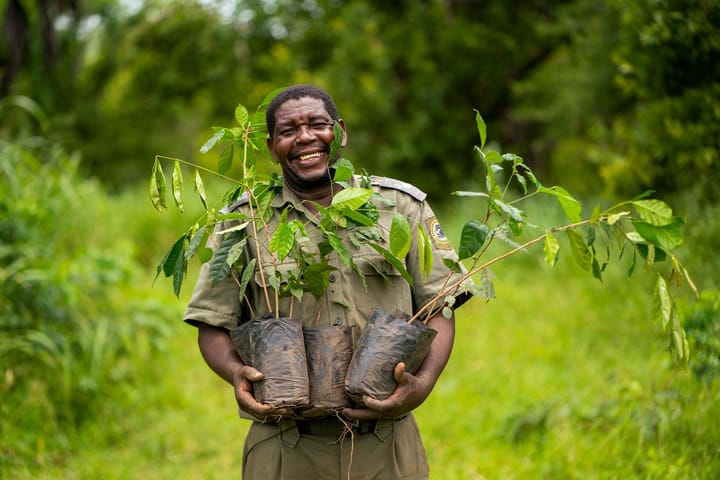
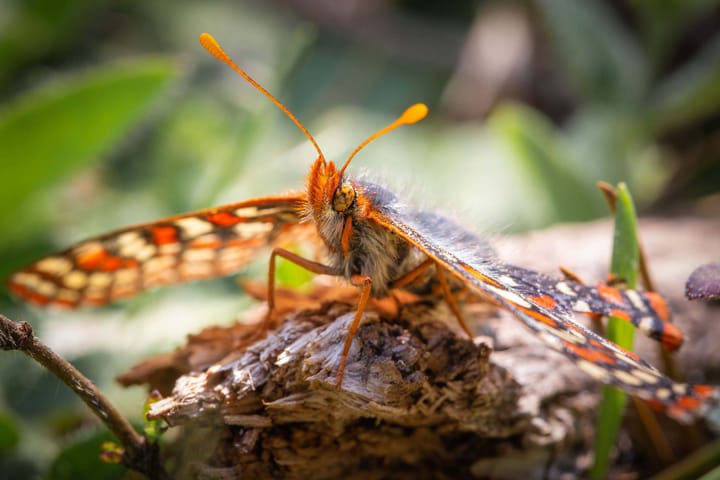
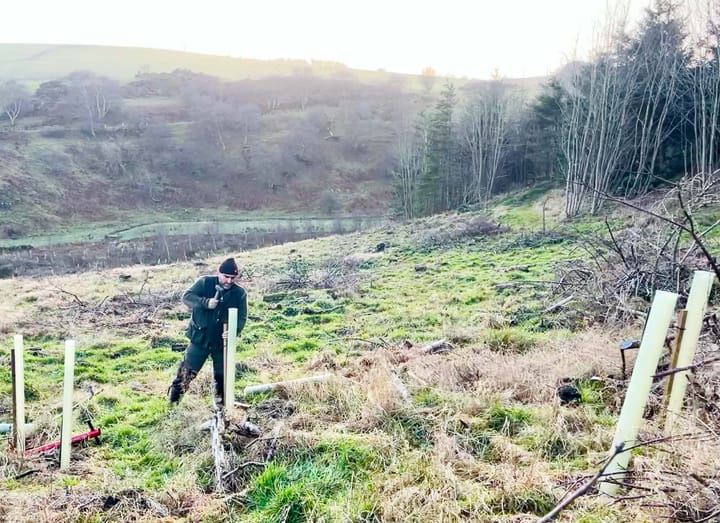
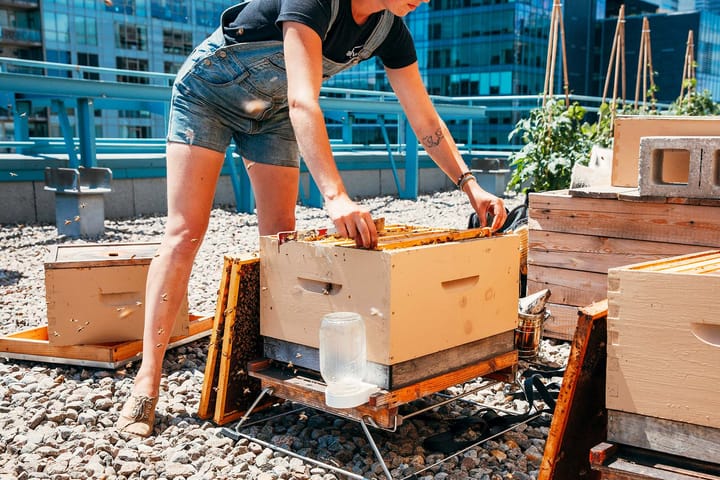
Comments ()